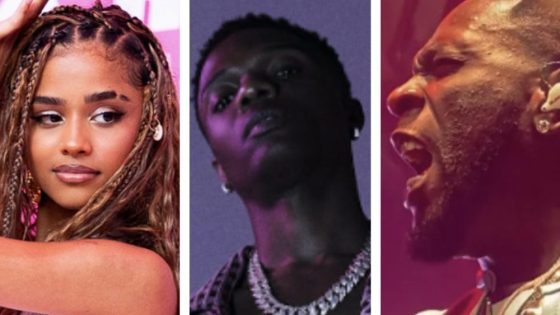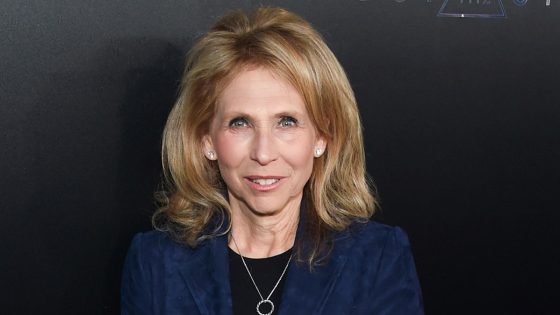By Jonathan Allen
NEW YORK, April 15 (Reuters) – Minutes before 9 a.m., both Catherine Nestor, a New York City social worker late for a jury duty summons, and Donald Trump, the first former U.S. president to be put on trial, were heading for Manhattan’s criminal courthouse.
Trump was in the back of a large black Chevrolet Suburban with bullet-proof windows, riding downtown in a motorcade from his penthouse in his Fifth Avenue skyscraper, Trump Tower, for a trial beginning on Monday with jury selection.
Nestor was on foot, joining a throng of New Yorkers blocked by a maze of metal police barricades.
“What’s the delay for?” asked a New Yorker in the crowd, a probation officer in the courthouse complex beyond.
“A big trial,” replied a uniformed security officer for the state court system.
Behind him, police car lights flashed in the warm spring sunshine, reporters and photographers milled about, a few Trump supporters stood by enormous Trump flags and at least one man trilled out patriotic melodies on a flute, all bracing for a sign of Trump’s arrival.
Nestor, 28, did not know for which case she was in the jury pool, but if it turned out to be the Trump case she felt she would have to be dismissed.
“I’m biased,” Nestor said, imagining how quickly her turn at jury selection would go: “‘Do you think he’s guil-‘, ‘Yes!'”
Choosing a jury from a pool of people in heavily Democratic Manhattan was expected to take several days. Lawyers for Trump and prosecutors will seek to uncover biases and any political agendas before impaneling 12 jurors and six alternates.
Trump, hoping to return to the White House as the Republican candidate in November’s presidential election, has pleaded not guilty to charges by Manhattan prosecutors of falsifying business records in his 2016 election campaign.
More than two dozen brightly lit television anchors and reporters were arrayed along the sidewalk in a long thin penned-in line, explaining the intricacies of the case and its stakes into cameras with their backs to the Art Deco towers of the Manhattan Criminal Courthouse.
Nearby, a crowd of print and radio journalists with press credentials about their necks looked stricken as they listened to a court security officer.
“The courtroom is full and so is the overflow,” the officer said. “You’ll have to try again tomorrow.” Reporters that made it inside did so by lining up some three hours before the 10 a.m. start.
Chaim Herman, a 17-year-old yeshiva student from Brooklyn recording videos of himself by the largest of the Trump flags, said he didn’t expect the trial’s outcome to affect his plan to vote for Trump in November.
“I would not go blindly for Trump, it could be that something was going on,” he said, adding he was happy to let a jury decide.
The flag had been installed by Dion Cini of Brooklyn’s Sheepshead Bay neighborhood, who runs a business selling Trump flags. He said sales were a bit slow for now but predicted the trial would boost Trump’s popularity and his business.
“That’s one of my smaller flags,” he said. “I want Democrats to see we’re not scared of them. A bunch of animals.”
At 9:01 a.m., Trump’s motorcade pulled into the rear of the courthouse, out of sight of most of the crowds.
The former president, dressed in a dark blue suit, white shirt and red tie, punched the air before heading up to the courtroom.
Elsewhere in the building, Nestor learned she had indeed been summoned as a potential juror for Trump’s trial. She was dismissed in an early screening after court officers explained the trial might last at least eight weeks.
She has a vacation booked in May.
“I’m disappointed!” she wrote in a text message. “It would have been awesome to see how they further eliminate people for this trial.” (Reporting by Jonathan Allen in New York; Additional reporting by Shannon Stapleton; Editing by Paul Thomasch and Howard Goller)
Source Agencies



